Cinema is a vast conversation across continents and generations, yet a select cadre of directors repeatedly rise to the top of that dialogue—shaping audience tastes, challenging artistic boundaries, and rewriting the rules of visual storytelling. Below is a countdown of ten such visionaries, ranked from No. 10 to No. 1, whose films have carved enduring niches in both popular culture and critical discourse. Each entry explores not only signature works but also the stylistic fingerprints and cultural impacts that make these auteurs perennial favorites among movie‑goers worldwide.
10. Wesley “Wes” Anderson
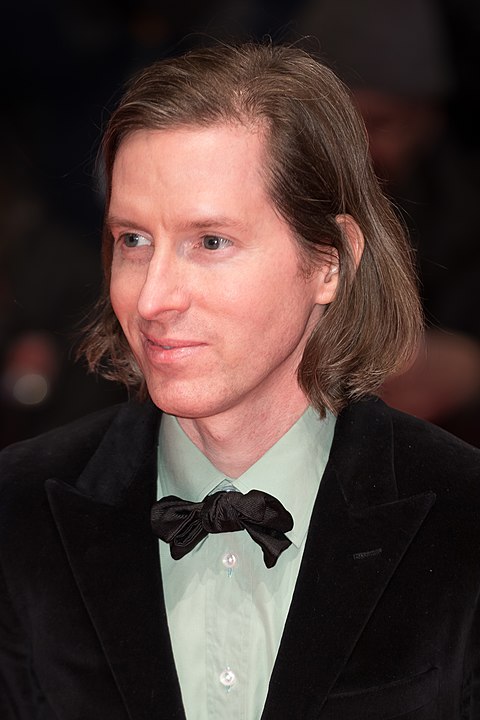
Renowned for his meticulously symmetrical framing, pastel color palettes, and delight in off‑beat humor, Wes Anderson crafts cinematic dioramas where whimsy and melancholy coexist. From Rushmore (1998) to The Grand Budapest Hotel (2014) and The French Dispatch (2021), his films feel like story‑book vignettes sprung to life. Anderson’s influence extends beyond narrative; his visual style has spawned fashion spreads, design trends, and even “Accidentally Wes Anderson” social‑media phenomena. Though his box-office numbers rarely rival blockbuster giants, his cult‑like following exemplifies how distinctive vision can trump broad commercial appeal.
9. Christopher Nolan
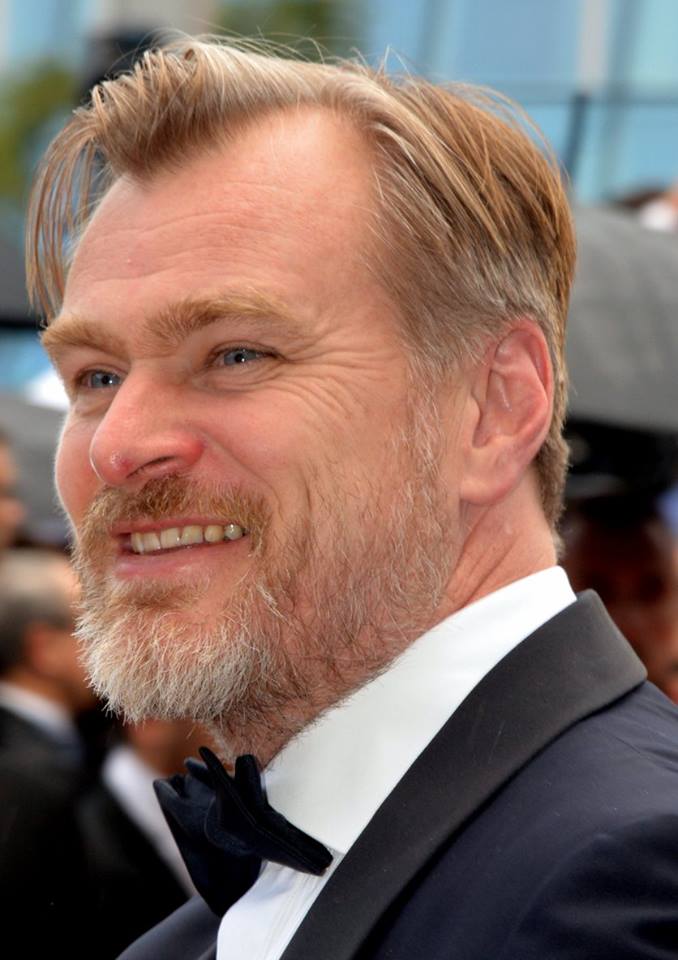
A master of cerebral spectacle, Christopher Nolan bridges art‑house complexity with multiplex scale. Early thrillers like Memento (2000) established his interest in fractured timelines, while The Dark Knight trilogy (2005‑2012) showcased how superhero films could tackle moral ambiguity and political subtext. Nolan’s embrace of practical effects and large‑format IMAX—evident in Dunkirk (2017) and Oppenheimer (2023)—reinvigorated big‑screen event culture in an era of streaming dominance. His box‑office clout and knack for turning high‑concept ideas into mass entertainment secure him a spot on nearly every modern “most‑popular” list.
8. Quentin Tarantino
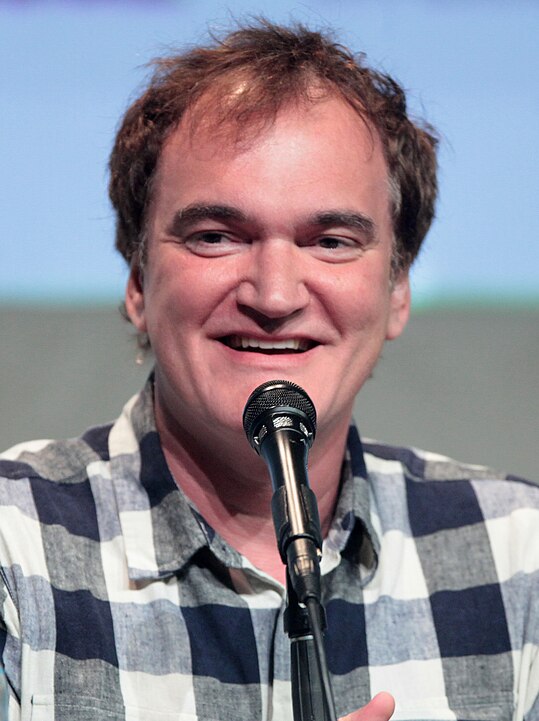
Pop‑culture remix artist Quentin Tarantino pairs encyclopedic film knowledge with electric dialogue and stylized violence. Debuting with Reservoir Dogs (1992) and breaking through with Pulp Fiction (1994), he revitalized independent cinema in the ‘90s. Tarantino’s non‑linear storytelling, anachronistic soundtracks, and affectionate genre pastiches—from kung‑fu (Kill Bill, 2003‑04) to spaghetti western (Django Unchained, 2012)—have bred legions of imitators. Controversial yet influential, his work sparks debates about representation and violence while reminding audiences that cinema history can be sampled, re‑contextualized, and defiantly personal.
7. Ingmar Bergman

Swedish auteur Ingmar Bergman turned the silver screen into a confessional booth for existential angst. Films such as The Seventh Seal (1957) and Persona (1966) probe faith, mortality, and identity with stark imagery and psychological intensity. Despite working largely in Swedish and within modest budgets, Bergman became a fixture of global art cinema, influencing generations—from Woody Allen’s neurotic comedies to Ari Aster’s modern folk horror. His rigorous exploration of the human condition proves that deeply personal storytelling can achieve universal resonance.
6. Martin Scorsese
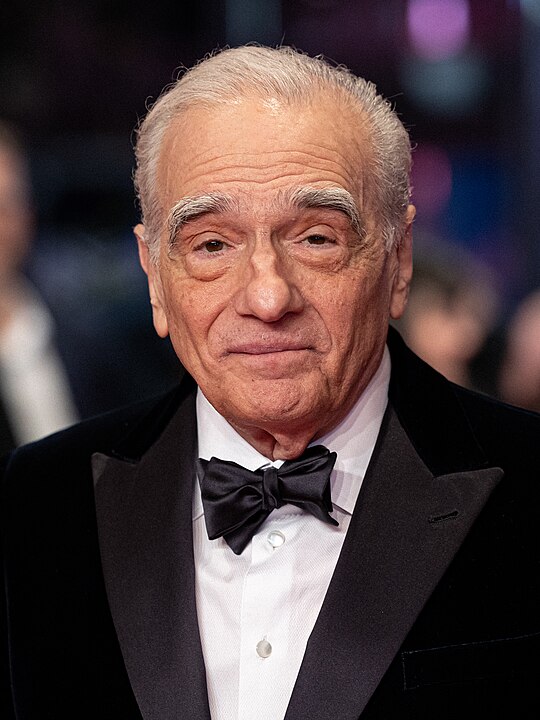
Few directors balance visceral street‑level grit with spiritual introspection like Martin Scorsese. Whether chronicling New York’s underworld in Goodfellas (1990), meditating on faith in Silence (2016), or blending both in The Irishman (2019), Scorsese interrogates guilt, redemption, and American ambition. A pioneer of kinetic editing and rock‑infused soundtracks, he also champions film preservation and emerging talent through The Film Foundation. His longevity and adaptability—embracing digital de‑aging tech one moment, defending the theatrical experience the next—keep him central to cinema’s evolving conversation.
5. Steven Spielberg
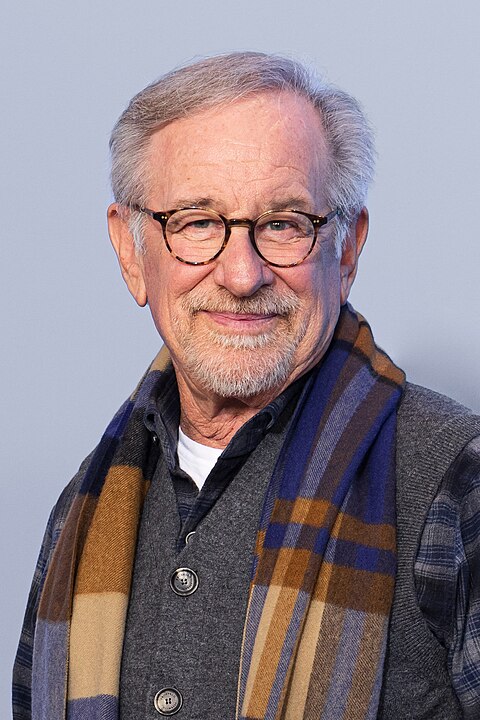
Often dubbed “the world’s most popular director,” Steven Spielberg marries child‑like wonder with classical storytelling craft. His blockbusters—from Jaws (1975) to E.T. (1982) and Jurassic Park (1993)—reshaped commercial cinema, while historical dramas like Schindler’s List (1993) and Saving Private Ryan (1998) demonstrated gravitas. Spielberg’s intuitive camera moves and penchant for ordinary characters thrust into extraordinary circumstances cultivated a template for modern adventure and science‑fiction filmmaking. His films’ cross‑generational appeal underscores the enduring power of emotionally grounded spectacle.
4. Alfred Hitchcock
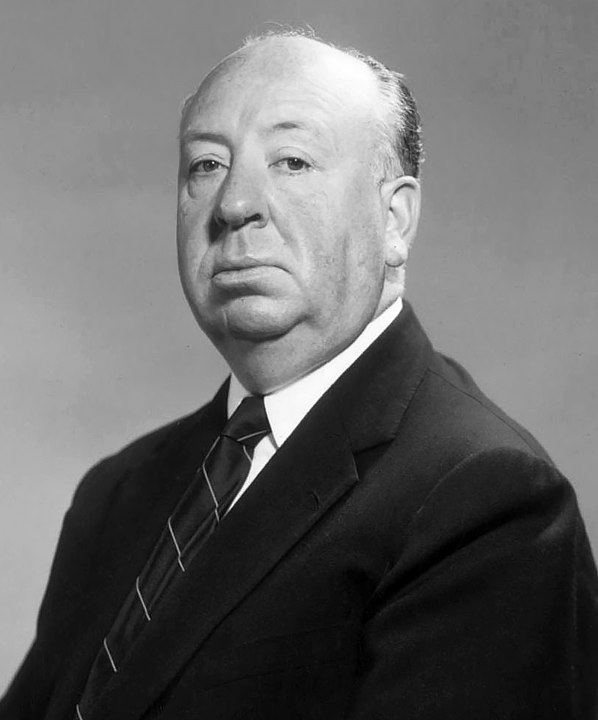
“The Master of Suspense” remains synonymous with cinematic tension. Alfred Hitchcock’s innovations—subjective camera work, montage manipulation, and the concept of the “MacGuffin”—reshaped thriller grammar. Seminal works like Vertigo (1958), Psycho (1960), and Rear Window (1954) continue to influence everything from blockbuster franchises to contemporary horror indies. Hitchcock’s playful cameos and marketing savvy (famously forbidding late admissions to Psycho) foreshadowed the modern director as brand. Decades later, his meticulous craft still instructs film schools and storyboards worldwide.
3. Francis Ford Coppola
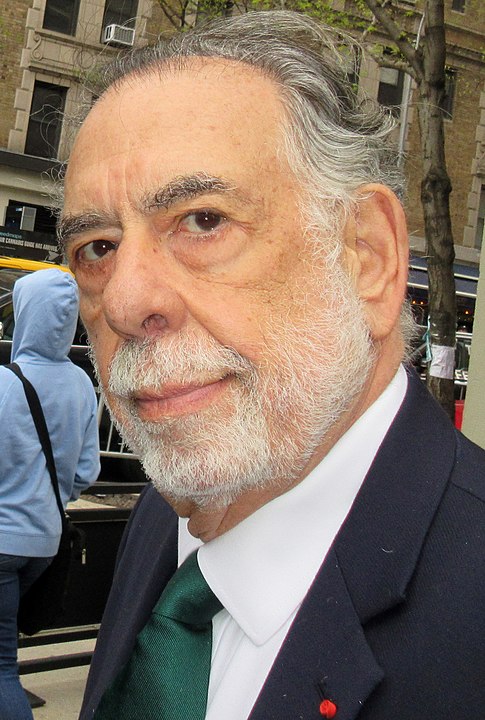
Epic in scope and ambition, Francis Ford Coppola’s 1970s run—The Godfather I & II and Apocalypse Now—defined auteur power in Hollywood’s New Wave. These operatic explorations of power, corruption, and war fused classical storytelling with experimental flourishes, making myth of modern history. Though later ventures ranged from Bram Stoker’s Dracula (1992) to personal passion projects like Tucker (1988), Coppola’s willingness to risk financial ruin for artistic vision embodies the romantic ideal of the director as creative rebel.
2. Akira Kurosawa
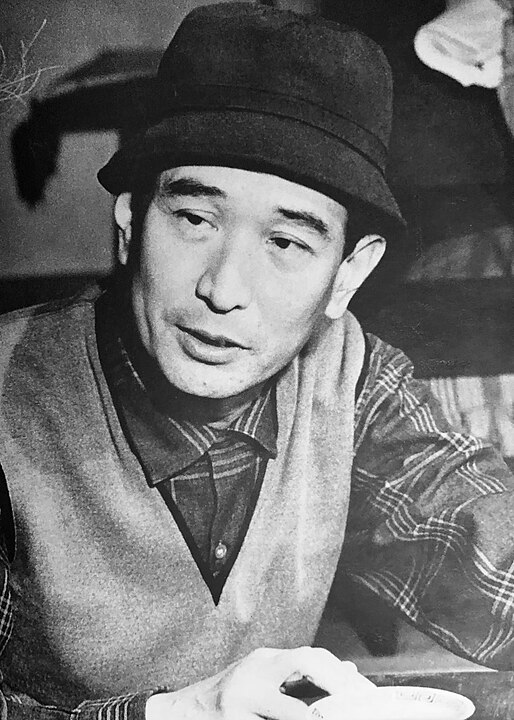
Akira Kurosawa introduced global audiences to samurai epics and poetic humanism in equal measure. Rashomon (1950) revolutionized narrative relativity; Seven Samurai (1954) set the blueprint for ensemble action; Ikiru (1952) offered intimate social critique. Kurosawa’s dynamic composition, weather‑punctuated drama, and deft fusion of Western literature (Shakespeare adaptations like Throne of Blood) with Japanese ethos influenced directors as disparate as George Lucas and Sergio Leone. His films’ moral clarity and visual sweep continue to resonate across cultural boundaries.
1. Stanley Kubrick
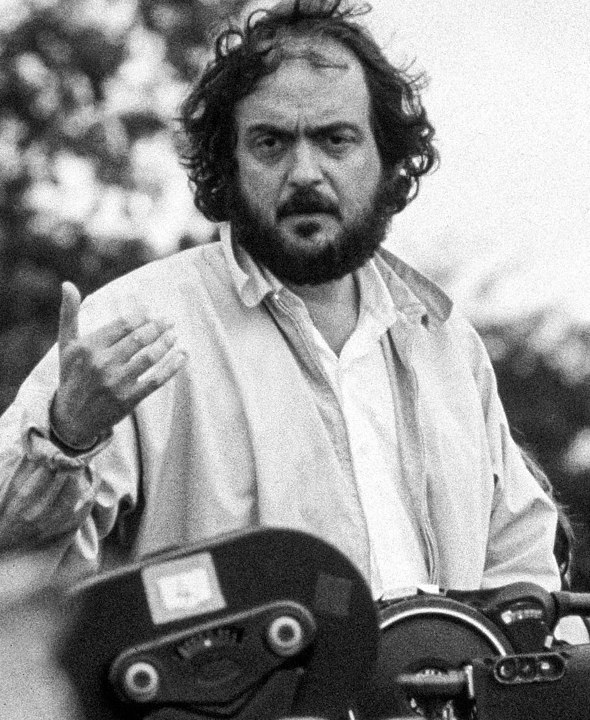
At the pinnacle stands Stanley Kubrick, the consummate perfectionist whose genre‑leaping oeuvre redefined cinematic possibility. From the cold‑war satire Dr. Strangelove (1964) to the operatic sci‑fi masterpiece 2001: A Space Odyssey (1968), the chilling horror of The Shining (1980), and the war‑is‑hell critique of Full Metal Jacket (1987), Kubrick fused technical audacity with philosophical depth. His meticulous research, pioneering use of technology (custom NASA lenses, early Steadicam), and insistence on multiple takes forged works that feel at once clinical and hypnotic. Kubrick’s films invite endless analysis, ensuring his legacy as the benchmark against which cinematic ambition is measured.
Conclusion
While popularity can fluctuate with trends and demographics, the ten directors above have achieved a rarified form of renown: audiences seek their names as a guarantee of artistry, and filmmakers study their techniques as a masterclass in the craft. Whether through Anderson’s handcrafted universes, Nolan’s temporal puzzles, or Kubrick’s uncompromising visions, each director expands our sense of what movies can accomplish—emotionally, intellectually, and aesthetically. Their combined filmographies form an essential syllabus for anyone eager to understand the past, present, and future of the moving image.

